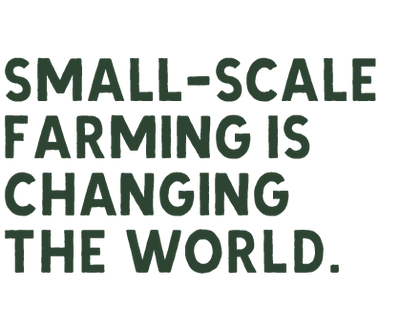Written by Marie-Hélène Dubé
"There's so much to discover about dyeing plants!”
We must acknowledge that our clothes are, most of the time, produced by a largely globalized and highly-polluting industry, based on the idea of replacing them often. A conversation is already happening in the fashion world around cotton harvesting, which is known to be very demanding on water and heavy on pesticides. But beyond the fibre, the use of synthetic dyes - a detail we rarely think about when we put on a sweater - is a major source of pollution within the textile industry. And that's where plants can come into play.
Marie-Andrée Asselin and Marie-Hélène Jacques are exploring the world of natural plant dyes with their project Couleurs Locales. Marie-Andrée, trained in horticultural production, and Marie-Hélène, trained in plant biology, have been colleagues for the past six years with the Urbainculteurs team, an organization that works to develop and promote urban agriculture. Beyond their work as horticulturists, they also share an interest in knitting.
In 2017, they had an epiphany - a workshop, offered by multidisciplinary artist Myriam Rochon and her habi habi project, brought to light the possibility of joining their two passions through the vast universe of natural dyes. Since then, this moment of enlightenment has continued since there is so much for them to discover about dying plants!

***


